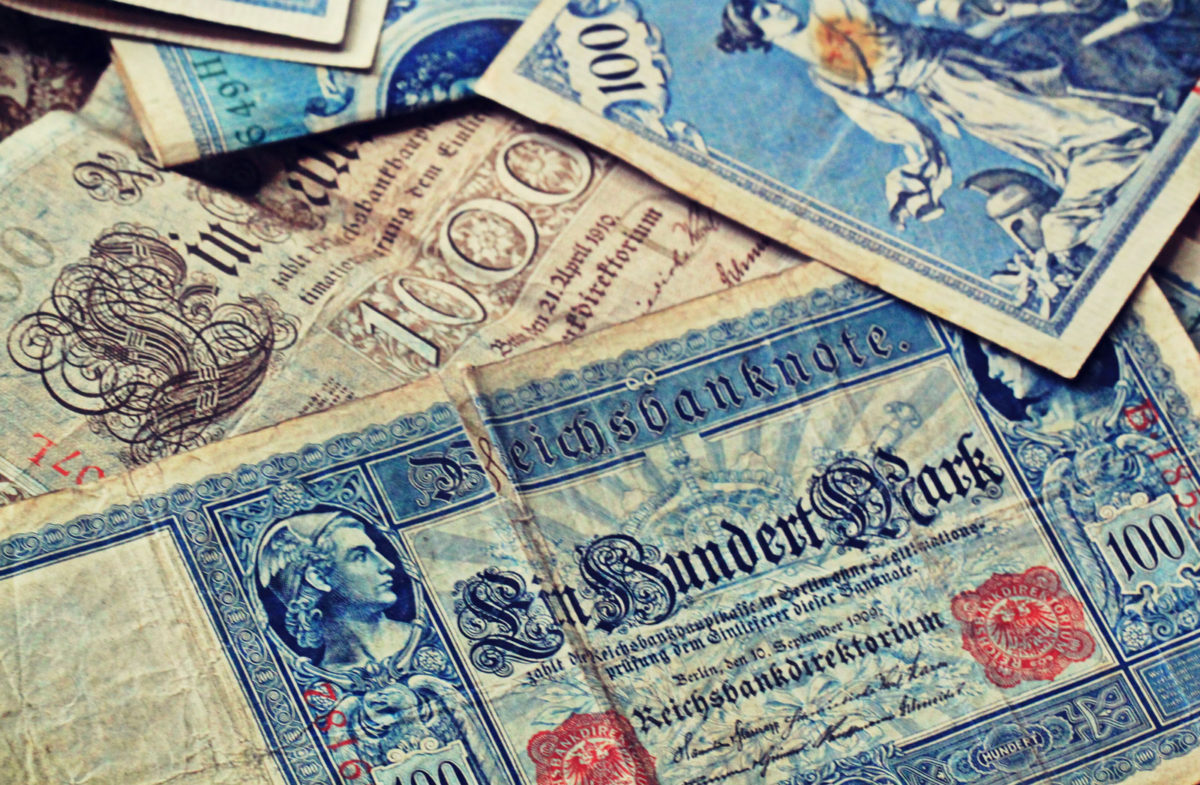- June 15, 2022
- 1:39 am
Tips To Lower Your Merchant
Credit Card Processing Fees
Costs, such as credit card processing fees, are unavoidable when accepting credit or debit card payments. And despite the many benefits of using such methods, it can still weigh a heavy toll on businesses selling their products and services (both online and in-person).
If you’re wondering if you can lower your credit card processing fees, we have good news. You can, and not only are we going to explain to you how, but we’ll also answer other questions. Hopefully, we’ll help you reduce how much you’re losing per sale.
What Are Credit Card Transaction Fees
Before we proceed, let us quickly explain credit card transaction fees (if you already know how that works, you can skip this part).
Also known as card processing fees, those are typically any prices businesses must pay each time a customer purchases your products or services using a credit or debit card.
Transaction fee, annual fee, monthly fee, PCI fee, terminal fee – it’s an extensive list, but those are a few of them.
Not all of those are considered transaction fees. But it would be best to still regard them as such (partially, at least), mainly because those are dollars you’ll have to pay to allow those transactions to happen.
Fee prices can change depending on each payment processing company/network. And the way you pay for those services changes too. For example:
Some companies charge a transaction fee based on the purchase value;
With others, you must pay for the card reader device;
Sometimes there’s also a membership fee;
There might be an installation fee, anticipation fee, and so on.
With so many options, it’s worth doing some research. Most companies have similar rates, but there are cases where your business can benefit more from one than the other.
How Much Are Credit Card Processing Fees Costs
To better understand how card processing fees work, it’s necessary to remember that each company has different ways of charging you for its services. In addition, service fees can vary considerably based on the type of business you run, card device, or monthly cash flow.
Most service providers charge a transaction fee for each sale made. Usually, you’ll have to pay from 1.5% to 3.5% on each transaction.
Let’s see a practical example of how much that would cost you:
For each $1000 sale, you’ll pay anywhere from $15.00 to $35.00 in credit card processing fees.
The device (or software, if you run an online store) fee varies and could cost you anywhere from $200 to $1,000. You’ll probably have to pay for shipping if it’s a card machine. And if it’s a software or API integration, you’ll likely need to pay to set it up.
How to Lower Your Credit Card Processing Fees
Unfortunately, you can’t avoid paying for those services in most cases. But there are a few ways to reduce the cost of processing fees and possibly save a few thousand dollars over a few months.
The best way to reduce costs is by negotiating with payment processors. In addition, you can add value as a customer by increasing your number of transactions, making it easier to deal with, and even paying for some services upfront.
You’ll have to do a lot of research on the subject, and chances are you don’t have the time to do that. If that’s the case, another option is to consult with a card processing specialist. Those professionals will use their knowledge to help you find the best rates and solutions for your company.
Are Credit Card Processing Fees Tax-Deductible
The good news about paying credit card processing fees is that they’re tax-deductible for businesses, which means you can deduct those expenses from your gross income as a business expense.
As a result, you will lower the amount you’ll pay in annual taxes to the CRA. In fact, the Canada Revenue Agency deems deductible nearly any fees businesses pay to credit card companies for the service of processing.
It’s only crucial to understand that deduction procedures for businesses and individuals are different. And deductions can also change depending on the business type.
Can You Negotiate Credit Card Processing Fees
We’ve covered this topic briefly above, but let’s look into it in greater detail.
The more deals you make, the more chances you will have to reduce your fees. Card processing companies want to retain their customers and keep them happy. So the higher the revenue, the more worth it’s for them to lower fees and the total cost you pay.
And if you feel like you’re paying too much to keep your card terminal, that’s because you probably are. The good news is that some credit card processing fees are negotiable.
But before you get into a phone call with your card processing company, make sure you are a client worth keeping for them. In other words:
- Avoid falling into any credit card fraud;
- If possible, use an address verification service to verify if the cardholder’s billing address matches with the one the card issuer has on their registration;
- Make sure your account and terminal are correctly set up;
- Have a recurring revenue stream coming in through card payment.
If you checked at least one of those boxes, get in touch with a credit card processing expert and ask him to help you negotiate fees.
Can a Business Pass Credit Card Transaction Fees to Customers
Many business owners charge a fee to the consumer who decides to make the payment through a credit card, arguing that the transaction generates costs.
Although a common practice in many states, it’s vital to note that laws can change from state to state. Even city laws and local commerce chambers can have specific regulations.
So, as a rule of thumb, visit your city hall, sector association, or industry body. Once you’re fully aware of what you can or can’t do, only then decide your course of action.
Alternatively, you can set up specific pricing for your products or services (accounting for card processing fees) and offer discounts for other methods, such as live cash payment.
But then again, it’s crucial to comply with legal obligations. Otherwise, fines could have a severe impact on your business.
Look For Other Payment Alternatives
High credit card processing fees are a problem most businesses face. And it can be especially difficult for small merchants.
But thankfully, payment technology has evolved rapidly in the last decade.
Today, we’re seeing a new wave of solutions for businesses. Those are coming into play to tackle many issues, from high processing fees to security problems that have grown frighteningly in the last few years.
And that’s why we’ve been working to introduce Securter as a new, contactless, and more secure payment method to protect businesses and customers.




